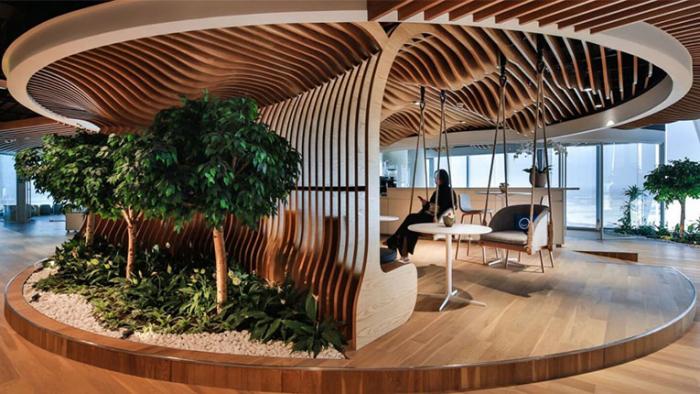PossibleRochester.com Launched to Support Local C-PACE Program

(Image credit: Veer Mudambi, Rate It Green)
We’re pleased to announce the launch of our new initiative to support the introduction of C-PACE (Commercial Property Assessed Clean Energy) in the City of Rochester.
As part of this, we are seeking to conduct a national demonstration project for what we call Community PACE and, at the hyperlocal level, “Neighborhood PACE,” as a way to scale up the adoption of C-PACE across the country. Some of this is further described at our new Rochester-focused websites, PossibleRochester.com (for business) and PossibleRochester.org (this site).
The purpose of the demonstration project is to develop a replicable model for leveraging C-PACE for local economic development, climate action, and community regeneration.
For those just learning about C-PACE, the simplest way to describe it is that it’s a way to provide long-term, fixed-rate financing to commercial property owners and developers for 100% of the costs of upgrading their buildings to higher energy-efficiency standards and on-site renewable energy generation.
PACE (Property Assessed Clean Energy) was first pioneered in 2008 in Berkeley, CA, when the city provided the initial financing and placed a Special Assessment on the property to guarantee its repayment. This addressed what was perceived as the biggest obstacle to getting property owners to make energy efficiency and renewable energy upgrades: the lack of sufficient capital.
The rationale was that the property owner might not have the funds, or (as often the case with commercial properties) may have competing priorities for their capital. Importantly, by having the loan secured through a Special Assessment tied to the property, like a sewer or a sidewalk assessment, the repayment can be treated as an operating expense. Since it’s not a loan to the owner, PACE doesn’t impact the owner’s ability to borrow for other needs. If the building is sold, the next owner continues to pay for the improvements, which can be spread out for up to 20 years. This long-term amortization allows projects to be designed to be cashflow positive from the start. In other words, the energy savings more than cover the cost of the repayments, saving the owner money from the outset.
This seems, on the surface, to be a clear win-win-win: the property owner gets the upgrades with zero capital outlay of their own, gets a better building, and starts saving money right away; the lender has a highly secure long-term real estate investment at a fixed rate of return; and the community—the public—gets better-quality buildings, reduced emissions, local jobs, and a cleaner environment.
Yet Commercial PACE—heralded by Scientific American in 2010 as one of the year’s “top ten world-changing ideas”—has so far failed to live up to its potential. In twelve years, across twenty-plus states, some with multiple programs, C-PACE has so far seen just a little over $2 billion in investment, a far cry from the $129+ billion recently estimated by NAESCO as needed in the next four years. About a dozen “boutique” PACE lenders are all looking for the biggest possible deals across multiple states and jurisdictions, providing at best individual building upgrades without generating much of the added potential economic, social, or environmental impact on the community.
We aim to change this. Our initial goal is to familiarize the commercial real estate industry with C-PACE to attract “early adopters” to finance new clean energy improvements (or refinance recently completed ones). We will then focus on developing the Neighborhood Demonstration project, with the intention of partnering with other public and private organizations to help us develop and evaluate it.
Stay tuned for more detailed information about Rochester’s C-PACE program or reach out to us at team@possiblerochester.com.
—Cross-posted from PossiblePlanet.org (2/27/2021)